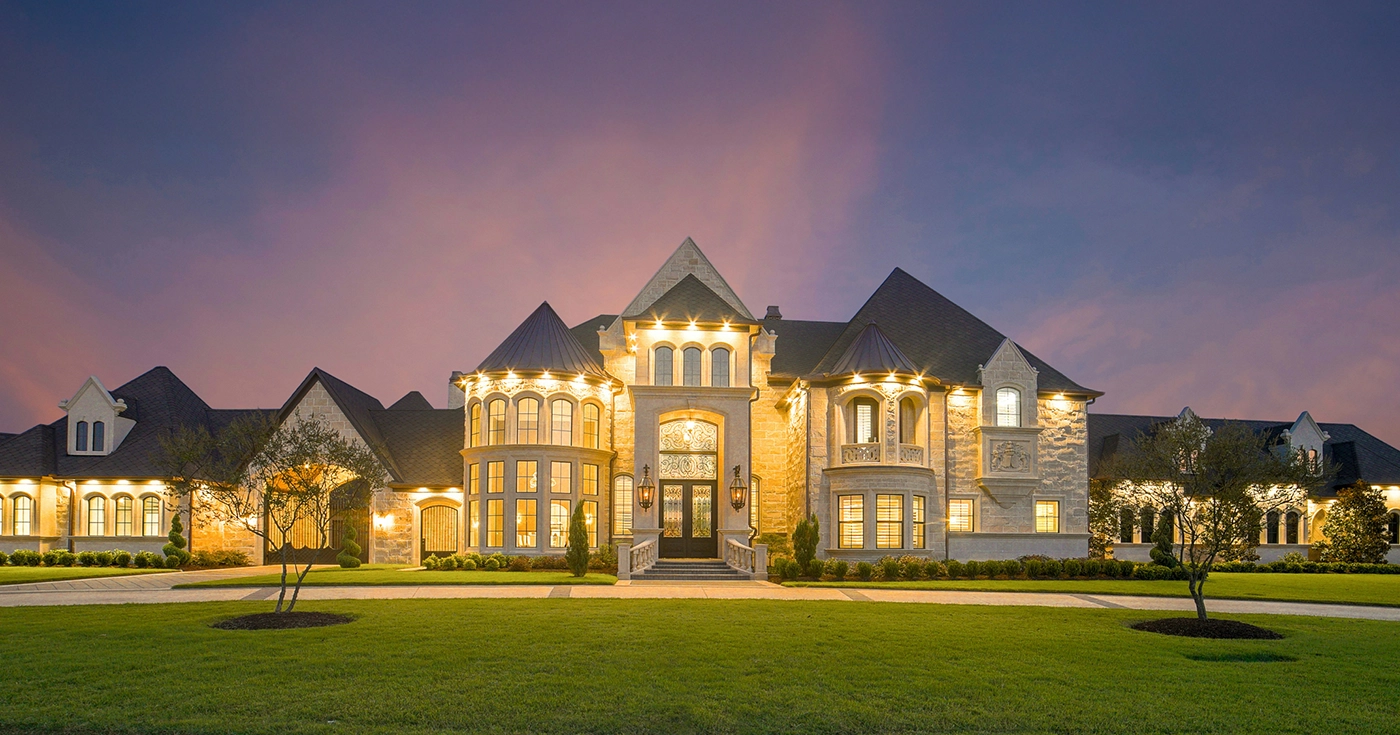
How the luxury market is transforming real estate investment
Last Updated on 3 March 2025 by Urbanitae
The ultra-luxury real estate market, known for transactions involving properties valued at over $10 million, has experienced unprecedented growth over the past five years. According to real estate consultancy Knight Frank, this segment has increased its sales by 66%, rising from $20.1 billion in 2019 to $33.4 billion in 2024.
This phenomenon has been driven by the creation of local wealth, coupled with a shift in buyer priorities following the pandemic. The cities that have seen the most significant growth in the ultra-luxury market include Dubai, which has led the rankings, increasing from 23 transactions in 2019 to 436 in June 2024. Other key markets include Miami and Palm Beach, while Europe has also witnessed expansion in locations such as Geneva and Madrid. In this article, we will analyze the factors that have shaped market performance, why Madrid is so attractive to investors, and the future outlook for ultra-luxury real estate.
Key growth factors in the global market
The growth of the ultra-luxury market is closely tied to the expansion of global wealth and, more importantly, a shift in wealth distribution toward emerging regions and expanding markets, with net worths exceeding $30 million. According to Knight Frank’s The Wealth Report, since 2019, the number of ultra-high-net-worth individuals has increased by 19% worldwide, with a notable rise of 8% in the United States and 6.2% in the Middle East.
Additionally, a fundamental factor that has increased the perceived value of homes is the COVID-19 pandemic. This period marked a turning point in how people view their homes, as they ceased to be merely places of residence and, in many cases, became workspaces, requiring additional features such as outdoor areas, sports facilities, or customized amenities. This shift has fueled the rise of coastal destinations and privileged natural environments, such as Palm Beach, the Swiss Alps, and Spain’s Costa del Sol.
Moreover, the demand for security, modern infrastructure, and global accessibility has become a determining factor in the ultra-luxury market. In this regard, cities like Miami, Geneva, and Dubai have been highly sought after for their balance of exclusivity, security, and economic stability.
Madrid’s appeal and market evolution
Madrid has positioned itself as one of the epicenters of Spain’s ultra-luxury real estate market, sharing prominence with the Costa del Sol. In the capital, the average price of exclusive properties ranges between €8 million and €12 million, with prices per square meter reaching as high as €20,000. The most prestigious and in-demand areas include the Salamanca district and El Viso, known for their exclusivity.
The majority of buyers in Madrid are foreign investors, a profile that includes high-level executives, entrepreneurs, and families seeking European residences, accounting for nearly 70% of transactions in this segment. Investors mainly come from countries such as Mexico, the United States, and the United Kingdom, looking for homes that offer both stability and exclusive services. However, as reported by El Economista, there is also a segment of national entrepreneurs looking to acquire luxury residences in the Salamanca district, competing with accessible prices for foreign buyers.
Market outlook and the impact of interest rates
The Knight Frank report also highlights the stability of the ultra-luxury market, despite a slowdown in some mature markets such as New York and Hong Kong. This stability is partly due to the expectation of a decline in global interest rates, which could further boost transaction volumes heading into 2025.
With the Euribor and other benchmark rates showing downward trends, financing costs are expected to decrease, making it easier to purchase these types of properties. This scenario is favorable for markets that still have room for growth, where limited supply in exclusive neighborhoods and strong international and domestic appeal could continue driving up property values.
Conclusion
Ultimately, the ultra-luxury real estate market continues to demonstrate resilience and global appeal, driven by rising wealth, shifting post-pandemic priorities, and favorable economic outlooks. From Dubai to Madrid, and from Miami to Geneva, each city presents a unique combination of opportunities for buyers and investors.
In Spain, Madrid is solidifying its position as a prime market, blending tradition, modernity, and exclusivity. The landscape, while competitive, indicates that the demand for properties exceeding $10 million is far from slowing down, paving the way for a promising future in the sector.

